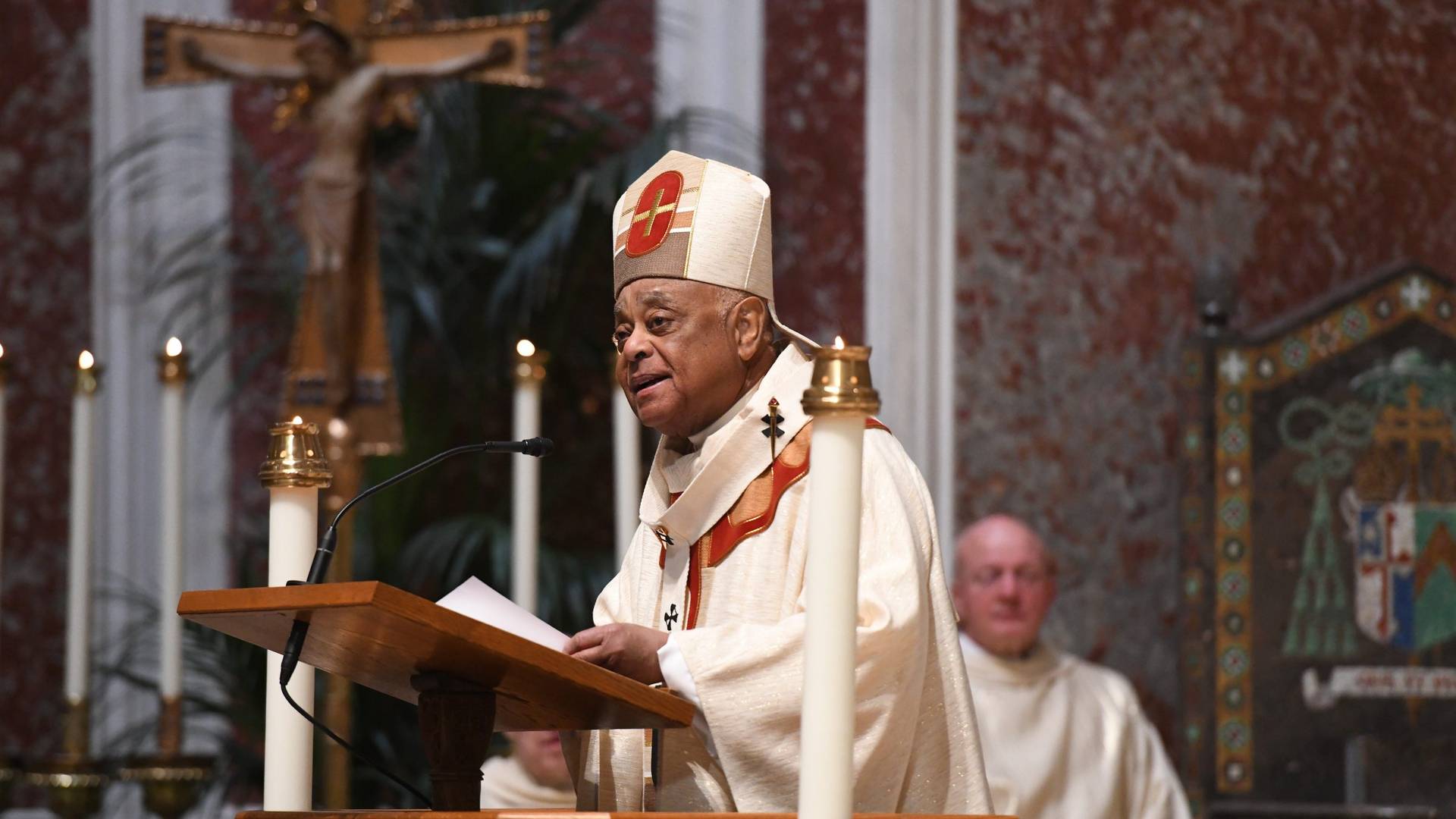If you’re a typical American Catholic – which is to say, unless you grew up under a rock, or in a bubble someplace – the odds are pretty high that your life has benefited in important ways from women and men religious.
Maybe a community of nuns taught you in school, or religious priests staffed your local parish. Maybe at important points in your life, either the highs or the lows, you felt the need for guidance or comfort, and a religious man or woman was there. In my case it was the Capuchin Franciscans out on the high plains of Western Kansas, but my personal story is replicated every year, all across the country, through the quiet heroism of hundreds of communities of both women and men, performing every sort of ministry imaginable and more.
Today, many of those communities are aging rapidly, facing constantly escalating costs to provide decent care for retired and elderly members. By 2027, retired religious are projected to outnumber wage-earners in America by three to one, and a 2016 study predicted that by 2030, religious orders will be looking at a $10 billion deficit in terms of providing retirement care.
Already, the National Religious Retirement Office estimates that women’s and men’s communities in America are spending more than $1 billion every year to care for members over 70.
Why is the gap so steep? Some observers fault, in part, a failure of planning by many orders back in the 1970s and 80s, but underlying today’s unmet need is an even more basic reality: For most of American Catholic history, nuns, brothers and religious priests served dioceses, schools, hospitals, and other ministries for little more than a nominal stipend, which means they had no capacity to pay into a retirement fund even if their order had set one up.
Today that situation has changed, but nowhere near enough to make up for decades of unpaid service to the American Catholic church – suggesting, needless to say, an obligation on the part of the rest of the Church to help cover the bill.
The good news is that since 1988, an annual collection authorized and promoted by the U.S. bishops has brought in somewhere between $25 and $30 million every year to supplement resources generated by orders themselves to ensure a retirement that’s marked by “dignity, respect and compassion,” in the words of Sister Stephanie Still, a member of the Sisters of Presentation and executive director of the National Religious Retirement Office.
This year, that collection falls on the weekend of Dec. 9-10 in most American dioceses.
The bad news is that, according to Still and other experts, that $25 million, while a sign of deep American Catholic generosity, comes nowhere close to meeting the full need.
Still spoke to Crux in late November about the looming collection, and the situation facing religious orders. The following are excerpts from that conversation.
Crux: Tell us what the Retirement Fund for Religious is, and where it came from.
Still: In the 1970s and 80s, it started to become part of the national conversation, not just in the Church, that religious communities were under-funded for retirement. Through the efforts of various entities in the Church, including the country’s bishops, the National Religious Retirement Office was formed and the special collection for religious was begun in all the dioceses of the United States.

For the last 30 years, we’ve been taking up an annual collection called the “Retirement Fund for Religious” to help with the retirement needs of men and women religious, which means sisters, brothers and priests who belong to religious orders.
The Retirement Fund for Religious has been around since 1988, so a common-sense question many people might ask would be, ‘Why is it still necessary? Hasn’t the gap been filled in the last thirty years?’ Is the answer that the need simply continues to grow beyond what the collection brings in?
The fund is still necessary because we’re trying to make up for all those years when men and women religious worked for stipends, which were very small amounts usually. They didn’t have the opportunity for most of their years of service here in the United States to get lay parity salaries, or to put away a large amount of money, or really any amount of money, for their retirement needs. That’s the starting point for the need.
Then as we go forward, it’s also a fact that men and women religious in the United States are aging, as is everyone else, and vocations have not kept up with the numbers of sisters, brothers and priests who are in need of retirement care.
The need is continuing, especially as we look at men and women religious who need acute care, end-of-life care, really any kind of either health or pastoral care their congregations are trying to maintain and facilitate for them.
Last year, the National Religious Retirement Office was able to give $25 million, and we distributed roughly the same amount the year before. That’s our pattern. It goes to institutes that qualify, but those funds are never enough to meet a particular institute’s needs. It’s meant to be supplemental. They all have retirement funds, based on the salaries of their sisters or brothers, as well as any kind of government support they may get and fundraising they do for themselves.
So, the need is huge. The last few years, the care cost for men and women religious over 70 has been over $1 billion a year, so you can see that there’s an enormous amount of resources going into caring for these men and women religious.
I’d imagine that in the pews, appealing for support for aging religious isn’t a really tough sell, given how much Catholics tend to love their religious nuns, brothers and priests. Do you find as you go around that once people understand the need, they tend to be generous?
Yes, and I do want to express great gratitude to the U.S. Catholics who, over the last thirty years, have been stepping up. I think many U.S. Catholics have a great respect and gratitude for men and women religious, whether it was through their education or some other experience they’ve had with them.

When I go out speaking, I often have people come up to me and say, ‘Well, you know, my family went through a really bad period when I was young’ … maybe a parent died, or something else happened … ‘and the sisters at such-and-such elementary school went ahead and educated me and my siblings for free.’ We hear a lot of stories like that, and I think those stories continue in Catholic education.
There’s this reservoir of good will and affection among U.S. Catholics, and that’s kept the collection results around $25 or $30 million each year for the last thirty years. Some years have been higher and some lower, but we get this tremendous response from U.S Catholics and we’re very grateful. We’re also grateful the U.S. bishops have extended the collection for ten more years, because they understand there’s still a need, and that it’s a vital role for everyone in the Church to care for these men and women religious as they age.
We need to give them a retirement with dignity, respect and compassion.
Despite that generosity, and while $25 million is a big number every year, that doesn’t come even close to meeting the full need, correct? Therefore, it’s important not to become complacent. If anything, that number of $25 million needs to grow, right?
That would be great if it did. Going back to the figure I gave earlier, every year it’s costing men’s and women’s religious institutes $1 billion to care for their members over 70. That comes from statistics we gather every year through the various data that we receive. What we give to institutes is a supplement, it’s meant to help, but it doesn’t meet the full need.
You also need to know that religious institutes are doing a lot, through various practices and programs, to help meet this need, whether it’s enrolling their members in government programs, their own development efforts … some are looking at selling properties or other ways that they can raise funds to continue to care for their elder members.
What’s the date of the annual collection?
It’s the second weekend in December, so this year it’s the 9th and the 10th. It’s taken up in most dioceses on those dates … some do it at a different time, but that’s when most Catholics should be hearing about it in their parishes and getting the envelopes to contribute.
















